The receding Tigris has exposed the ruins of an ancient city, a site known as Kemune.
Today, these ancient Mesopotamian ruins are found in Iraq, Iran, and other Near Eastern nations.
These places are now experiencing harsh drought, particularly as climate change raises regional temperatures.
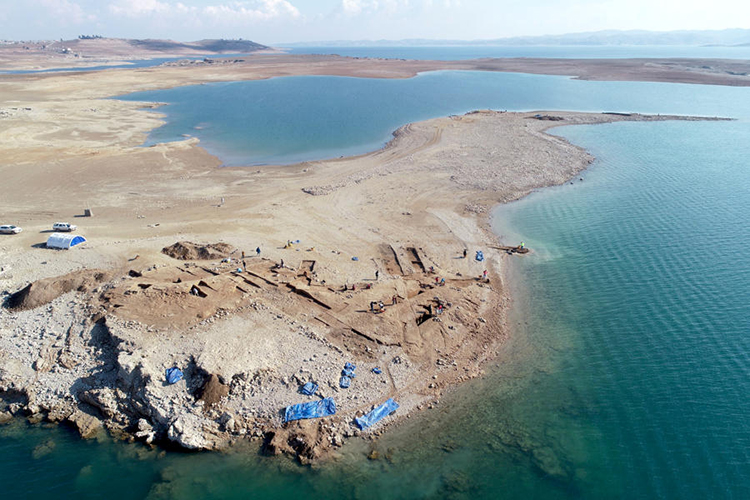
The receding Tigris has exposed the ruins of an ancient city, a site known as Kemune. (Photo:Universities of Freiburg and Tübingen, KAO)
TheMitanni Empirewas a powerful civilization in northern Mesopotamia.
Mitanni were powerful players.
They wrote on cuneiform tablets, corresponded with Egyptian pharaohs, and built large palaces.
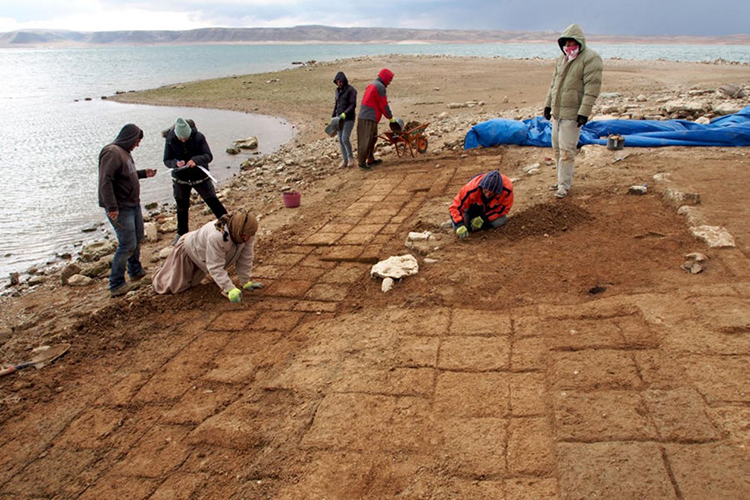
Photo:Universities of Freiburg and Tübingen, KAO
One ancient center on the banks of the Tigris was called Zakhiku.
This city has possibly reemerged.
The flooding of the Mosul Dam area covered theancient ruins of a palacethat had long lay dormant.
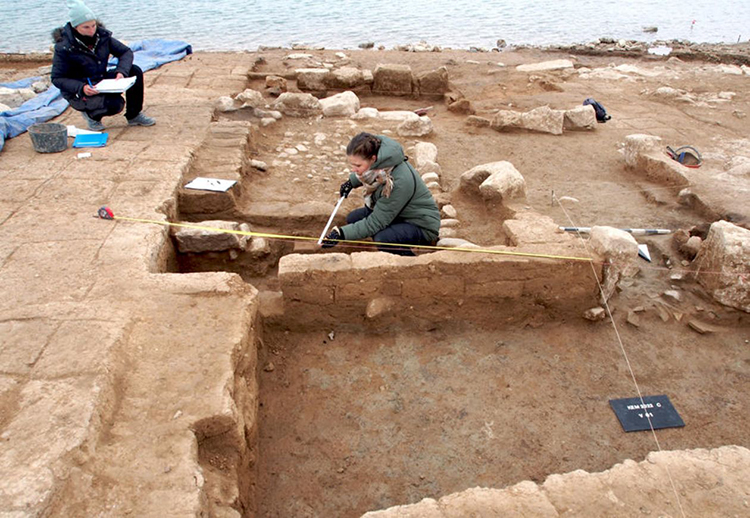
Photo:Universities of Freiburg and Tübingen, KAO
Occasionally, water usage lowers the reservoir and exposes the ruins again.
In 2018, a brief exposure allowed researchers to document the magnificent palace at the site.
The researchers quickly mapped the site, which is known as Kemune.
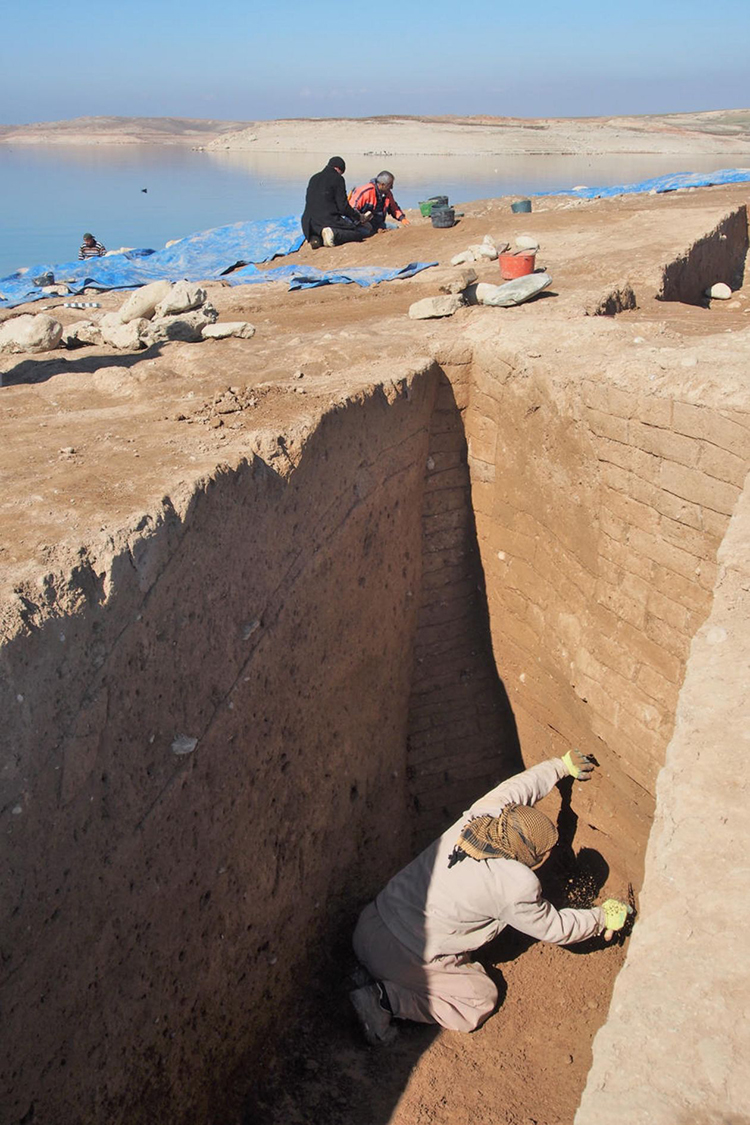
Photo:Universities of Freiburg and Tübingen, KAO
They excavated a massive fortification with walls and towers, a multi-story storage building, and an industrial complex.
Dr. Qasim added, The excavation results show that the site was an important center in the Mittani Empire.
The team noted the remarkably well-preserved state of the ruins.
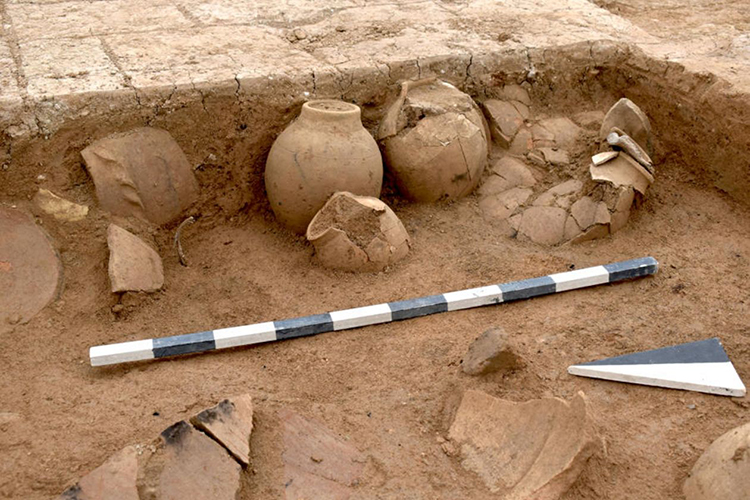
Photo:Universities of Freiburg and Tübingen, KAO
Made of baked mud brick, they were able to survive 40 years mostly underwater.
Unfired clay tablets with cuneiform were even discovered in clay vessels.
Some are still enclosed in clay envelopes as they would have been sent to a recipient.
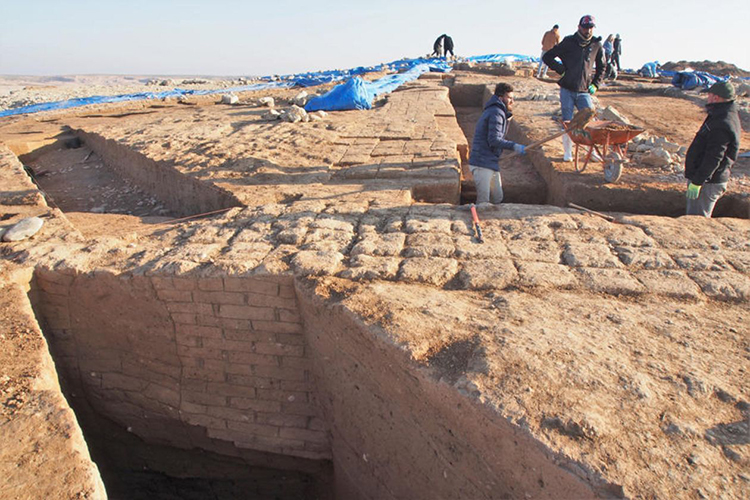
Photo:Universities of Freiburg and Tübingen, KAO
The tablets are Middle Assyrian, therefore they date after an earthquake largely destroyed the city around 1350 BCE.
They may shed further light on the transfer of power between successive empires in the region.
The water has already risen as the reservoir refills, and the city has been flooded once more.
The 3,400-year-old city is an important part of Iraqi and world history.
Its periodic reappearance may continue to add to scholarly knowledge about the site and the Mittani Empire.